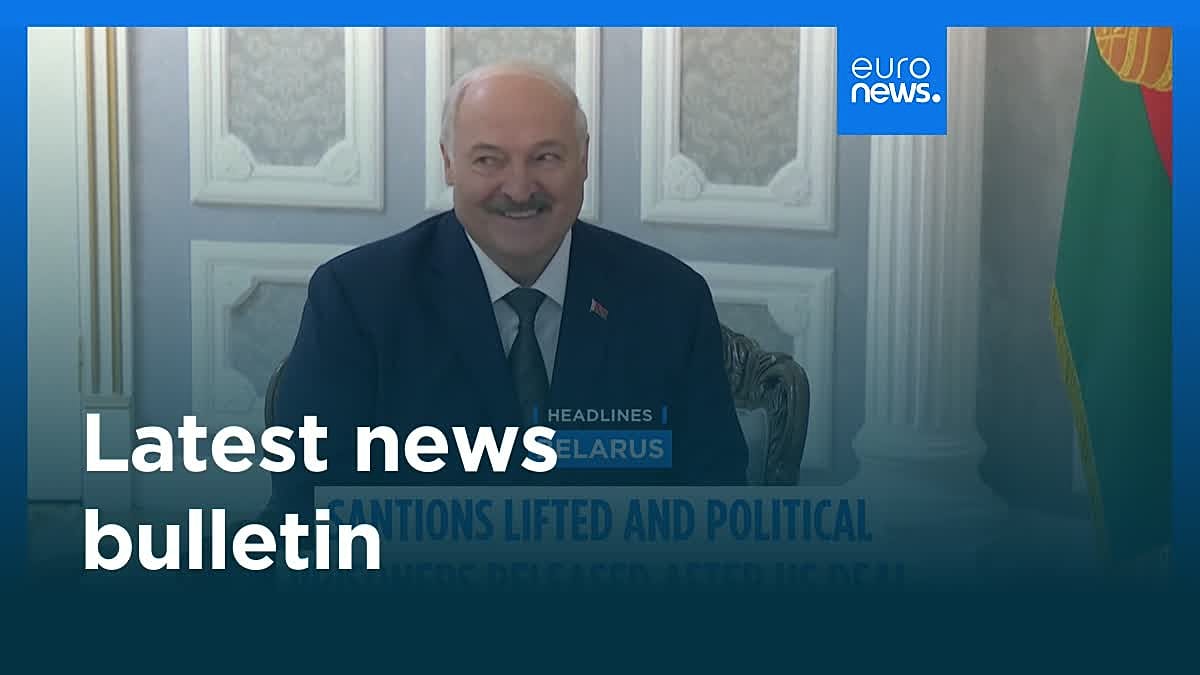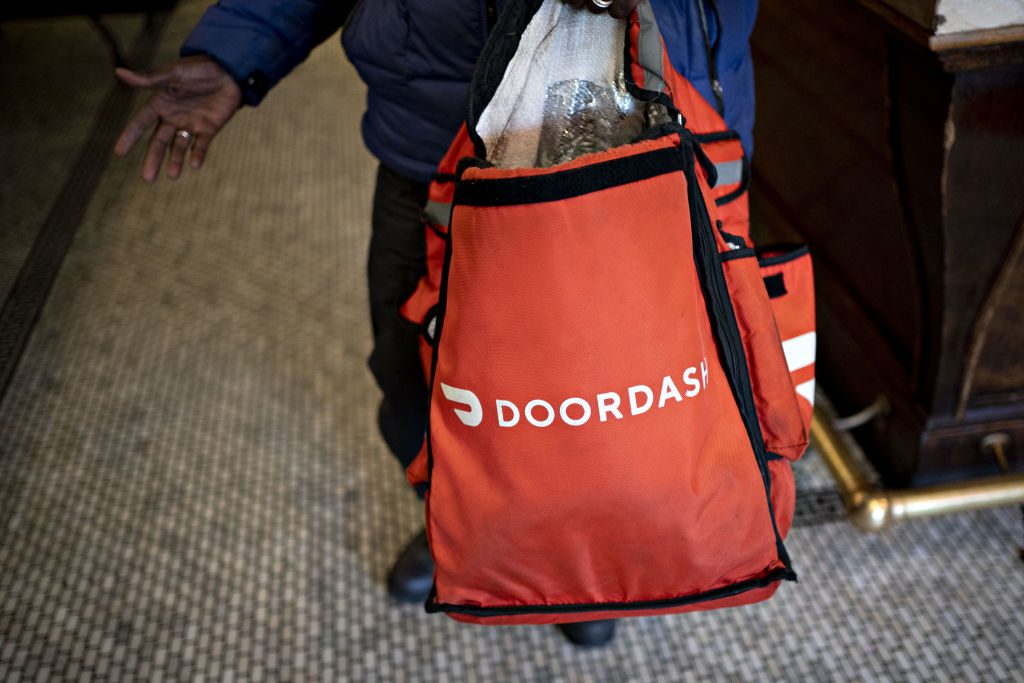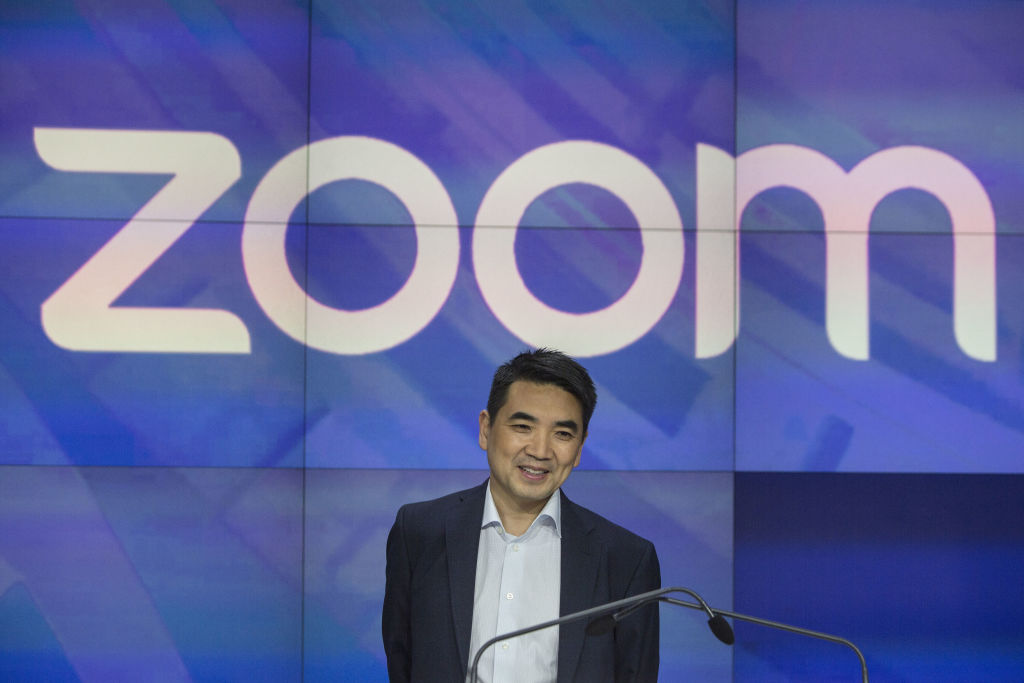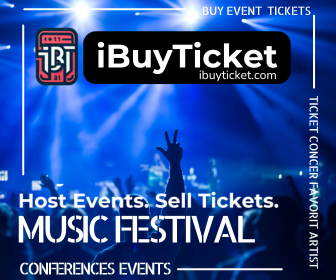Automation vs. Overreach: Lessons Learned from LinkedIn Message Automation Gone Wrong


I’ll never forget the first time my grand plan to automate Linkedin messages blew up in my face. I’d spent hours building what I thought was a genius campaign, only to get a reply from a high-value prospect that read, “You might want to check your mail merge. My name isn’t [FirstName] and I don’t work at [CompanyName].” It was a soul-crushing, embarrassing lesson in the razor-thin line between efficiency and incompetence. For entrepreneurs, the promise of automation is intoxicating, but the risk of brand damage is very real. The key to avoiding these mistakes isn’t in abandoning these powerful tools, but in using a professional-grade platform like Linked Helper to adopt a smarter, more human-first strategy from the very beginning.
My mistake, and the mistake I see countless founders make, was born from a fundamental misunderstanding of the tool’s purpose. I was so focused on the “automation” part that I forgot about the “message” part. I treated it as a math problem, for example, “how can I send the most messages in the least amount of time?” or “when I should have been treating it as a human problem: how can I start the most meaningful conversations?”. Here are the hard-won lessons from the trenches.
Lesson 1: The Sin of the Impersonal Template
The most common and most damaging mistake is the lazy, one-size-fits-all message. It’s the digital equivalent of walking into a networking event and shouting your pitch to the entire room. The classic “Hi [FirstName], I saw your profile and was impressed…” is a dead giveaway. It signals to your prospect that you haven’t done a shred of research, that you don’t respect their time, and that you see them as a number on a list. It’s an immediate credibility killer.
The fix isn’t about writing a thousand unique messages. It’s about making your list so hyper-targeted that a single, well-crafted message feels personal to everyone who receives it. Instead of building a list of 1,000 “Marketing Managers,” build a list of 50 “Marketing Managers at B2B SaaS companies who are members of the ‘Product-Led Growth’ group.” Now, your automated message can be, “Hi [FirstName], I saw you’re also in the PLG group. As I’m also focused on this space, I’d love to connect.” It’s still automated, but it’s built on a foundation of genuine, verifiable relevance.
Lesson 2: The Sin of the Premature Ask
The second-deadliest sin is immediately asking for something, usually “15 minutes of your time.” This is a huge withdrawal from a relational bank account where you have a zero balance. It’s the digital equivalent of proposing on a first date—presumptuous, off-putting, and almost guaranteed to get a “no.” You have offered nothing, built zero rapport, yet you feel entitled to their most valuable asset.
The fix is to adopt a “give, don’t take” philosophy. The goal of your first message is simply to start a conversation. You earn the right to a meeting later. Your opening move should be to offer a piece of value with no strings attached, it is a link to a genuinely helpful article, a specific and sincere compliment on their recent work, or a thoughtful observation about their industry. When you lead with generosity, you completely change the dynamic. You are no longer a salesperson demanding time; you are a peer offering help.
Lesson 3: The Sin of the Robotic Cadence
Perhaps the most obvious sign of bad automation is impatience. The sequence is a machine-gun blast of interactions: a connection request, followed five minutes later by a message, followed the next day by a follow-up. It feels needy, desperate, and, well, robotic. Real human relationships don’t work like that, and this impatience immediately shatters the illusion of a personal touch.
The fix is to embrace a patient, multi-step “warm-up” campaign that mimics how you would actually build a relationship in the real world. This is where a sophisticated tool becomes your greatest ally. For example, a platform like Linked Helper allows you to build a workflow that starts by simply viewing a person’s profile. A day or two later, it might be like one of their recent posts. Only after a week of this gentle, non-invasive engagement does it finally send a connection request. This patient cadence gets your name and face in front of a prospect multiple times in a positive context, so when your message finally arrives, it feels familiar and not random. It’s using the machine to replicate a more natural, more respectful, and ultimately more effective human rhythm.
As entrepreneurs, our time is our most precious commodity, and automation is a powerful tool to leverage it. But if we use it just to shout louder, we’ll only add to the noise. The real lesson is to use it to listen better and to find the right people, to understand their context, and to start a conversation with a foundation of relevance and respect. Automate the mechanics, never the meaning.
The post Automation vs. Overreach: Lessons Learned from LinkedIn Message Automation Gone Wrong appeared first on Entrepreneurship Life.


















































